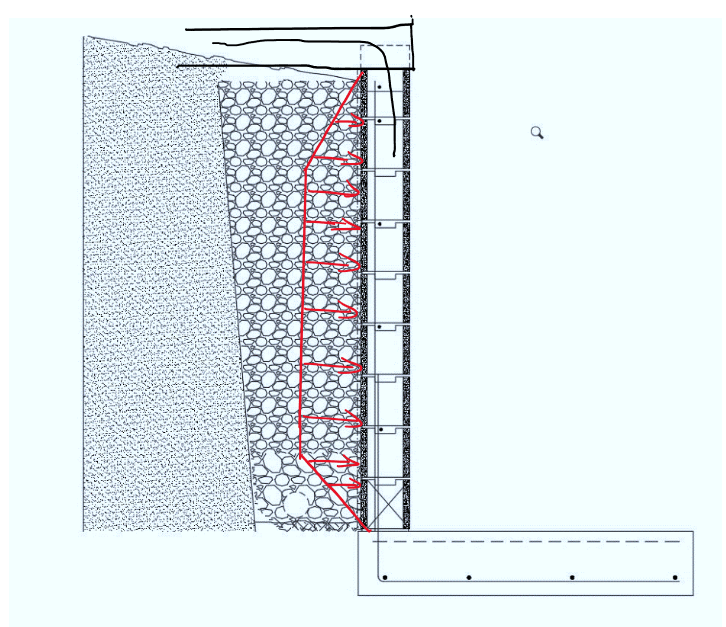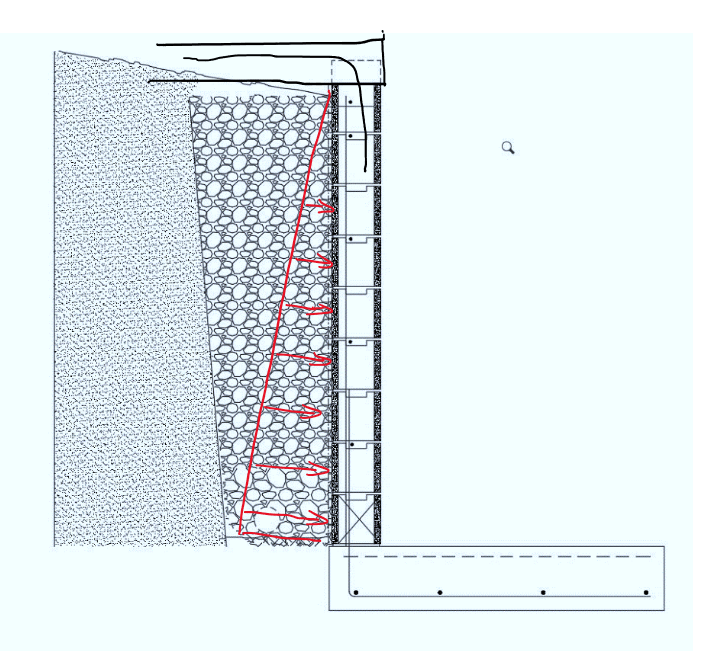AK_1999
Structural
- Feb 7, 2024
- 1
Hey,
Im asking with regards to design of top restrained/propped retaining walls. I have read numerous engineering literature regarding the force distribution that acts on the retaining wall in a top restrained retaining wall. Both trapezoidal and triangular force distributions are mentioned but I was wondering which force distribution is more appropriate and if any reasoning/sources can be provided as reasoning of said choice of force distribution. As the the choice of of force distribution can vary the design of the wall greatly, I'm very interested to get a further understanding.
Thanks


Im asking with regards to design of top restrained/propped retaining walls. I have read numerous engineering literature regarding the force distribution that acts on the retaining wall in a top restrained retaining wall. Both trapezoidal and triangular force distributions are mentioned but I was wondering which force distribution is more appropriate and if any reasoning/sources can be provided as reasoning of said choice of force distribution. As the the choice of of force distribution can vary the design of the wall greatly, I'm very interested to get a further understanding.
Thanks


